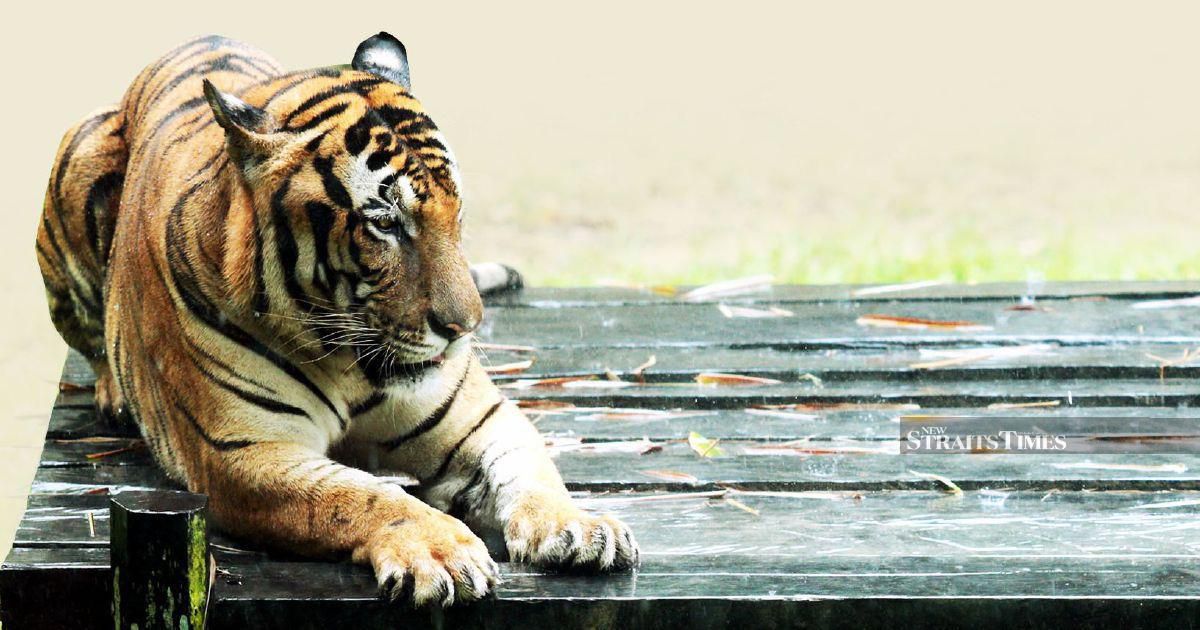MALAYSIA’S wildlife is being slowly hunted to extinction. Wildlife Conservation Society (WCS), the local chapter of an international organisation headquartered in New York, named poaching as the main reason for the decline in the population of the tiger and its prey species.
Last month, the WCS estimated that Peninsular Malaysia needs at least 5,000 rangers to curb the surge in poaching.
If Sabah and Sarawak, two states that are heavily forested are included, the number of rangers needed would certainly be higher.
Based on its experience, the conservation body said that every 100 sq km required at least 10 rangers to monitor, detect and deter poachers. We just don’t have enough, even with volunteers signing up.
In a survey conducted in 2020, there were fewer than 150 tigers roaming our jungles, a sharp decline from the 3,000 estimated seven decades ago.
The situation is so dire that Al Jazeera headlined its story on Malaysia’s wildlife thus: is there still a chance to save the Malayan tiger? We better find a way. It is one of the five remaining subspecies in the world.
No official numbers are available, but we estimate from whatever information disclosed by the Wildlife and National Parks Department, state governments and non-governmental organisations that there are fewer than 2,000, way short of WCS’ target. And they aren’t all full-time frontline rangers; many are volunteers.
We must do better. But an important point needs to be made. Rangers alone can’t solve the problem of poaching.
Perhaps we aren’t asking the most fundamental and obvious question: why is there poaching of wildlife? Because there is demand. This is where we should start.
Malaysia, sadly, plays a triple role here: it is a source, transit point and consumer of wildlife body parts.
Media reports say a single tiger can fetch anything between RM250,000 to RM300,000 in the black market. That explains why poaching of tigers is spiking.
Here is what this newspaper reported at the Kuala Lumpur International Airport (KLIA) between January 2023-March 2025: RM5.4 million worth of wildlife species were saved from traffickers.
Similarly, flights originating from KLIA to India were also stopped by vigilant officers there. This may lead people to think that if we curb overseas demand for wildlife, we would be able to populate our jungles with Malayan tigers once again. Wrong. The demand for wildlife body parts, especially, is more local than overseas given that some Malaysians are lost in the myth that these would restore their lost vitality.
Like it or not, they have to be made aware that this belief is a myth. Not easy to convince as it is culture-bound.
The crowd at traditional medicine shops is an indication of how hard it is to change a tradition-bound habit. But the authorities must endeavour however long it takes.
The myths must be eradicated if we are to save our animals. Previous governments have talked about doubling the population of our Malayan tigers, but this won’t happen if such myths persist.
Laws must also be used to make it hard for wildlife parts to be hawked at such outlets. Education will not work for all.
© New Straits Times Press (M) Bhd






